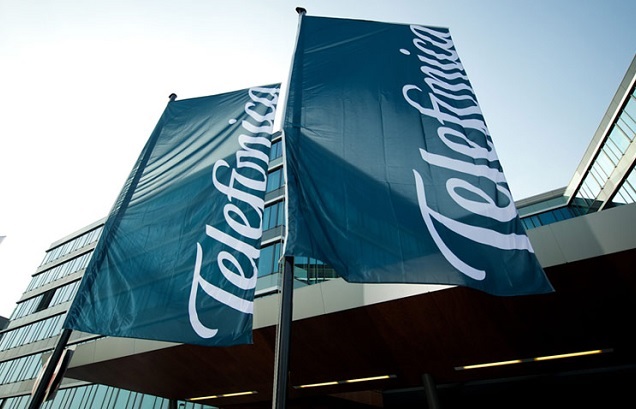The company claims its new strategy will generate an additional €2 billion in revenue and increase operating cash flow by 2% by 2022.
The company’s board of directors approved the plan put to them by its Chairman and CEO José María Álvarez-Pallete on 27 November. It is designed to act as a catalyst for the operating group’s transformation.
At the end of Q3, the operator group posted a loss and acknowledged it needed to speed up the benefits from its digital transformation efforts.
Focus on four main markets
It prioritise investment in its four main markets of Spain, Brazil, the UK and Germany where it sees the potential for sustainable, long term growth. Although at the end of the third quarter of 2019 the Group was present in 14 countries, these four concentrate 218 million “accesses” (63% of the total), which equates to about 80% in revenues, OIBDA and operating cash flow.
The four country heads will continue to report to the chief operating officer, Angel Vilá, with Emilio Gayo in charge in Spain, Christian Gebara in Brazil, Mark Evans in the UK and Markus Haas in Germany.
Set up Telefónica Tech
This new division will bring together digital businesses with high growth potential and is expected to generate more than €2 billion in additional revenues by 2022 through helping companies with their own digital transformations.
Initially it will concentrate on three lines of business, namely cybersecurity, IoT and big data, and cloud.
It also intends to expand into countries where Telefónica is not present through agreements with other companies.
Its CEO will be José Cerdán, who is Global Head of the B2B segment in Telefónica. He will report to Angel Vilá.
Telefónica Infra
The operator will set up another division, Telefónica Infra, “to increase the value of assets and accelerate growth”.
It will bring together Telefónica’s shareholdings in telecom infrastructure vehicles, serving third-party operators and incorporating partners.
Its initial chief asset will be ownership of 50.01% of the tower infrastructure company Telxius.
Telefónica hopes to develop and monetise towers, distributed antenna systems, data centres including EDGE, greenfield fibre projects and submarine cables, among other things.
The CEO of Telefónica Infra will be Guillermo Ansaldo, who led the Global Resources unit of Telefónica. He will also report to Angel Vilá.
Ansaldo has a deep knowledge of the company from both an operational point of view as CEO of Spain and Argentina, as well as a technical one as the global head of technology for the group.
Hispam to spin off assets or seek partners
The fourth initiative pulls Telefónica’s opcos in Latin America, apart from Brazil, into a single unit – it has opcos in Argentina, Chile, Colombia, Equador, Mexico, Peru, Uruguay and Venezuela.
Álvarez-Pallete acknowledged that its operations in Latin America were its growth engine until a few years ago, but said various market conditions have had an impact on the business, reducing its contribution, “despite the enormous efforts of our local teams, which have always shown a strong commitment.”
This new unit will have a management team whose main goal will be to attract investors and seek synergies with “other market agents”, with a view to guaranteeing and maximizing the service we offer to our customers.
With this “operational spin-off”, Telefónica is starting a strategic review of its portfolio to better control its exposure in the region and to create conditions to maximise its value through growth, consolidation and possibly selling some of them.
Alfonso Gómez, currently responsible for Hispam Norte, will lead this new unit and report to Finance and Control, led by Laura Abasolo.
A new organizational model
The fifth initiative is to improve agility to make necessary changes and improve service to customers, while taking advantage of the scale and synergies of the group.
“In recent years we have launched different initiatives to capture the benefits of digitalisation, achieving important advances to date. Now, to become more agile and accelerate the execution of our strategy, we must evolve our operating model,” Álvarez-Pallete said.
He continued, the group will focus “on those activities that provide a differential value to the rest of the units and that allow us to capture the value of scale, eliminating some existing duplications with the structures of the countries”.
It will have “a higher level of ambition in the simplification and digitalisation plans of the operations”.




